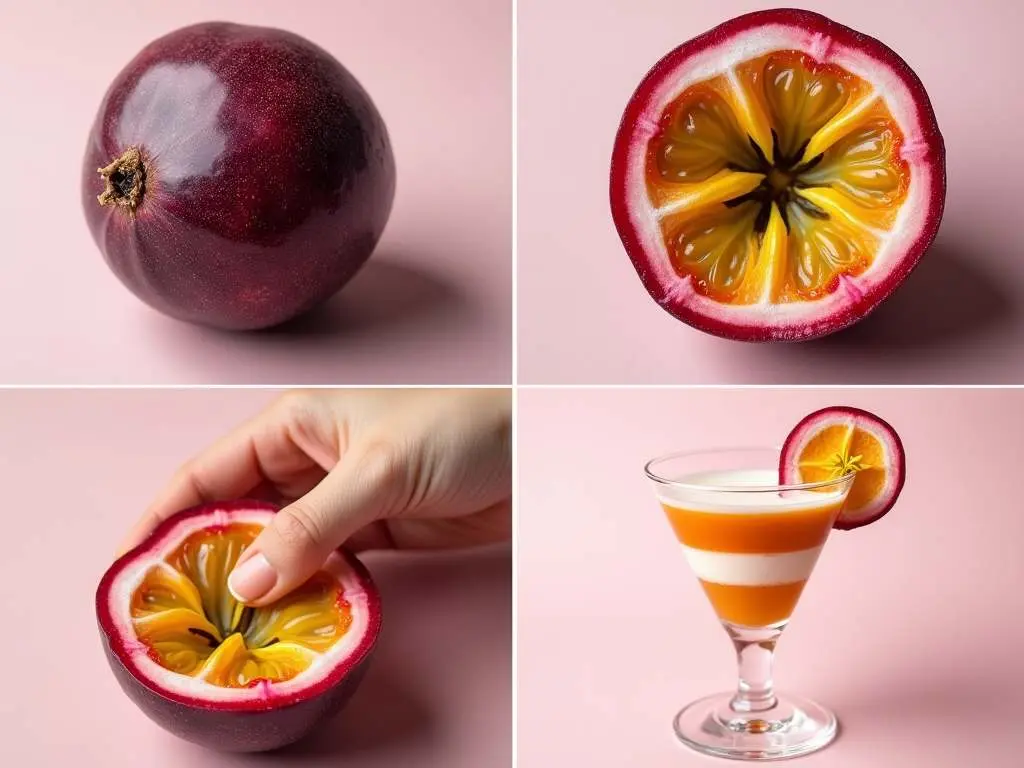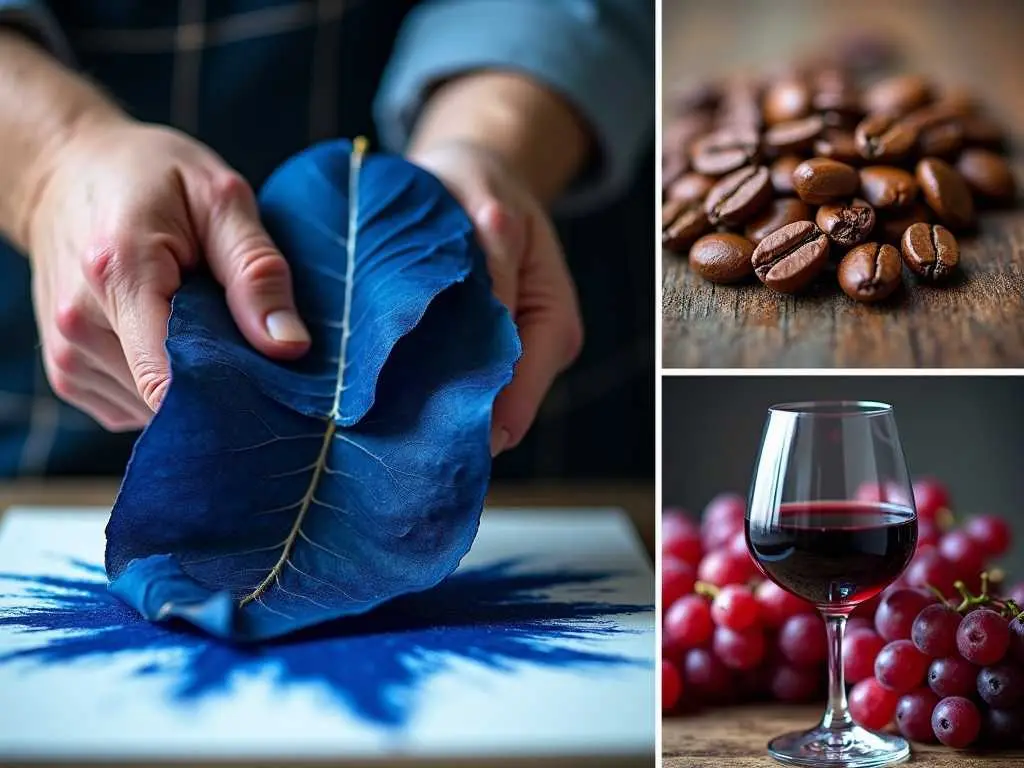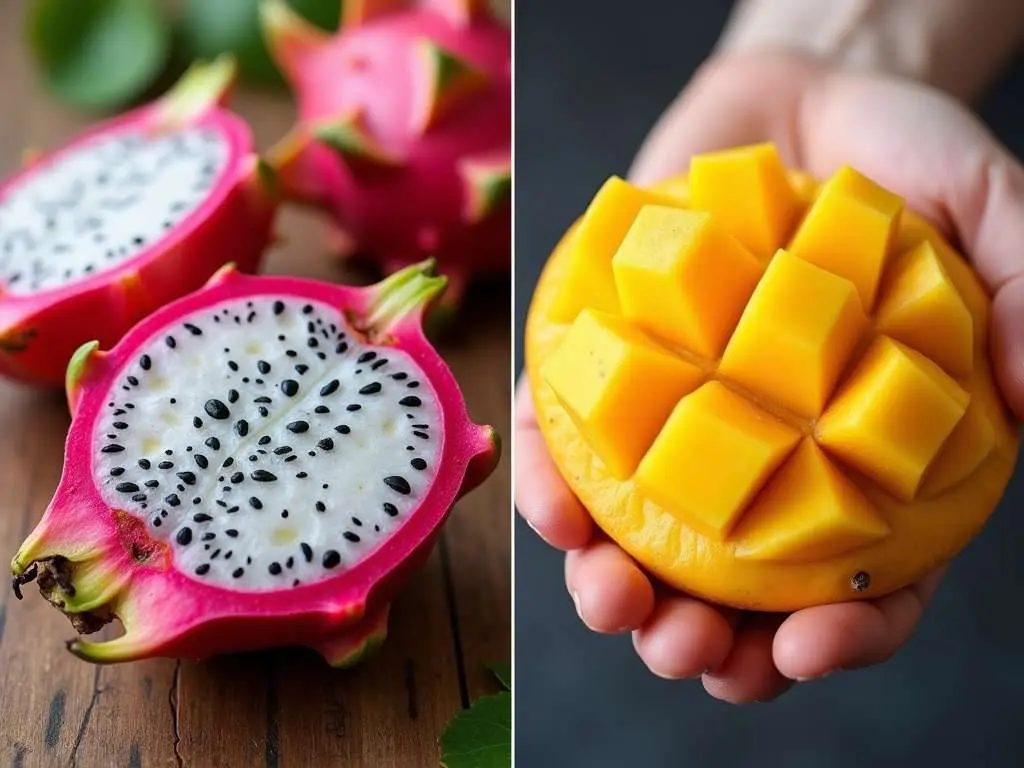As a sensory scientist specializing in food and beverage perception, I’ve conducted extensive research on how peak ripeness impacts flavor profiles and overall sensory experiences. My work, published in leading journals, has revealed fascinating insights into the intricate relationship between ingredient maturity and our multisensory perceptions.
The Science of Peak Ripeness
Peak ripeness represents the optimal point in a fruit or vegetable’s development when it reaches maximum flavor, aroma, and nutritional value. This state is characterized by a delicate balance of sugars, acids, and volatile compounds that create a complex sensory profile.
During ripening, fruits undergo significant chemical changes:
- Starch converts to sugar, increasing sweetness
- Acids break down, reducing tartness
- Cell walls soften, improving texture
- Volatile compounds develop, enhancing aroma
These processes culminate in a brief window of peak ripeness, often lasting only a few days. Capturing ingredients at this precise moment is crucial for maximizing sensory experiences in culinary applications.
The Multisensory Impact of Peak-Ripe Ingredients

Visual Appeal
Peak-ripe produce often exhibits vibrant colors and an appealing glossiness. This visual allure plays a significant role in our perception of flavor before we even taste the food.
The chart above illustrates the correlation between perceived ripeness and color intensity in tomatoes. As ripeness increases, so does the vibrance of red coloration, peaking at the point of optimal maturity.
Aromatic Complexity
Volatile organic compounds (VOCs) reach their highest concentration during peak ripeness. These compounds are responsible for the characteristic aromas of fruits and vegetables, contributing significantly to flavor perception.
For example, the distinctive aroma of a ripe strawberry results from a complex interplay of over 350 VOCs, with esters and furanones playing key roles.
Taste Intensity
Peak-ripe produce offers a harmonious balance of sweetness, acidity, and umami flavors. This balance creates a more complex and satisfying taste experience compared to under-ripe or overripe ingredients.
The graph above demonstrates how sugar content (measured in Brix) and acidity levels change during the ripening process of peaches. The intersection of these lines represents the ideal balance for peak flavor.
Textural Perfection
The breakdown of cell walls during ripening leads to optimal texture at peak ripeness. This results in the perfect balance of juiciness, tenderness, and structural integrity.
Harnessing Peak Ripeness in Culinary Applications
Flavor Pairing
Understanding the flavor profiles of peak-ripe ingredients allows for more sophisticated and harmonious flavor pairings. For instance, the intense sweetness of a perfectly ripe mango complements the bright acidity of lime juice, creating a balanced and refreshing combination.
Minimal Intervention Techniques
Peak-ripe ingredients often require less manipulation to achieve outstanding flavors. Simple preparation methods that highlight the natural qualities of the produce can yield exceptional results:
- Raw presentations (e.g., Caprese salad with peak-ripe tomatoes)
- Quick-cooking techniques (e.g., Flash-seared peak-ripe peaches)
- Cold preparations (e.g., Gazpacho featuring peak-ripe vegetables)
Preservation Methods
Capturing peak ripeness through preservation techniques allows for extended enjoyment of seasonal flavors:
- Fermentation (e.g., Kimchi using peak-ripe Napa cabbage)
- Pickling (e.g., Quick-pickled peak-ripe cucumbers)
- Freezing (e.g., Flash-frozen peak-ripe berries for smoothies)
The Role of Sensory Analysis in Identifying Peak Ripeness
Sensory analysis techniques play a crucial role in determining the optimal point of ripeness for various ingredients. These methods combine objective measurements with trained sensory panels to create a comprehensive understanding of an ingredient’s sensory profile.
Descriptive Analysis
Trained panelists use standardized vocabulary to describe and quantify specific sensory attributes of produce at different stages of ripeness. This allows for the creation of detailed sensory profiles that can be used to identify peak ripeness.
The spider chart above illustrates the sensory profile of a peak-ripe avocado compared to under-ripe and overripe specimens. Note how the peak-ripe sample shows balanced scores across multiple attributes.
Instrumental Analysis
Objective measurements complement sensory evaluations:
- Colorimeters assess skin color changes
- Penetrometers measure flesh firmness
- Refractometers determine sugar content (Brix)
- Gas chromatography analyzes volatile compounds
By combining these instrumental readings with sensory panel data, researchers can develop precise indicators of peak ripeness for various produce items.
Beyond Food: Peak Ripeness in Other Sensory Domains

The concept of peak ripeness extends beyond culinary applications, influencing various sensory experiences:
Beverages
- Wine: Grape harvest timing significantly impacts wine flavor profiles
- Coffee: Bean ripeness affects acidity, sweetness, and aromatic complexity
- Tea: Leaf maturity influences astringency and flavor development
Aromatherapy
Essential oils extracted from peak-ripe botanicals often possess more potent and complex aromas, enhancing their therapeutic potential.
Visual Arts
Artists working with natural pigments may find that dyes derived from peak-ripe plants offer more vibrant and stable colors.
Challenges in Achieving Peak Ripeness
While the benefits of peak-ripe ingredients are clear, several challenges exist in consistently achieving this ideal state:
- Short window of optimal ripeness
- Variability in ripening rates within harvests
- Post-harvest handling and transportation logistics
- Climate change impacts on growing seasons and ripening patterns
Ongoing research in post-harvest technology and precision agriculture aims to address these challenges, allowing for wider access to peak-ripe produce.
The Future of Peak Ripeness
Advancements in technology are revolutionizing our ability to identify and utilize peak-ripe ingredients:
- Hyperspectral imaging for non-destructive ripeness assessment
- AI-powered ripeness prediction models
- Gene editing for extended peak ripeness periods
- Controlled atmosphere storage for slowed ripening
These innovations promise to expand the availability of peak-ripe ingredients, enhancing sensory experiences for consumers worldwide.
People Also Ask
Q: How can I tell if a fruit is at peak ripeness?
A: Look for vibrant colors, gentle give when pressed, and a strong, pleasant aroma. For many fruits, a sweet smell at the stem end indicates peak ripeness.
Q: Does peak ripeness always mean the sweetest taste?
A: Not necessarily. Peak ripeness represents the optimal balance of sweetness, acidity, and other flavor compounds, which may not always equate to maximum sweetness.
Q: Can peak-ripe produce be frozen without losing quality?
A: Yes, flash-freezing peak-ripe produce can preserve much of its flavor and nutritional value, allowing for extended enjoyment beyond the typical season.
Conclusion
Peak ripeness represents a golden opportunity to elevate sensory experiences across various domains. By understanding and harnessing the science behind this phenomenon, we can unlock new levels of flavor, aroma, and overall sensory satisfaction. As technology advances, our ability to consistently achieve and utilize peak-ripe ingredients will only improve, promising a future rich with enhanced sensory experiences.
References
1 Kader, A. A. (1999). Fruit maturity, ripening, and quality relationships. Acta Horticulturae, 485, 203-208.2 Schwab, W., Davidovich-Rikanati, R., & Lewinsohn, E. (2008). Biosynthesis of plant-derived flavor compounds. The Plant Journal, 54(4), 712-732.
Disclosure
Our content is reader-supported. This means if you click on some of our links, then we may earn a commission. Commissions do not affect our editor’s opinions or evaluations. Learn more about our editorial process.

About the Editorial Staff
The PeakRipe editorial team comprises a diverse group of experts on nature’s perfect timing across various domains. Culinary innovators and nutritionists, agricultural scientists and cosmetic chemists, artisans and wellness practitioners. All collaborate to create insightful content that explores the full potential of peak ripeness in food, drink, health, beauty, flora, fashion, and art to enhance our daily lives.


